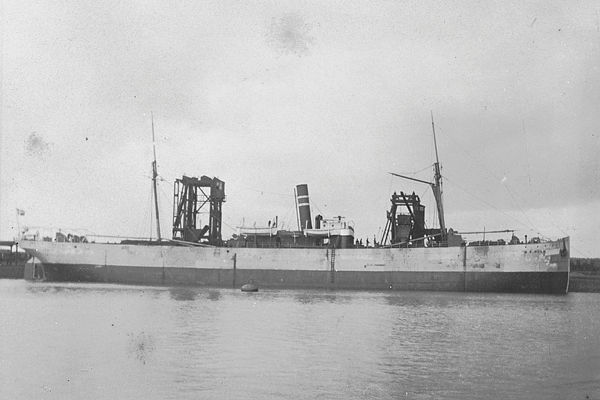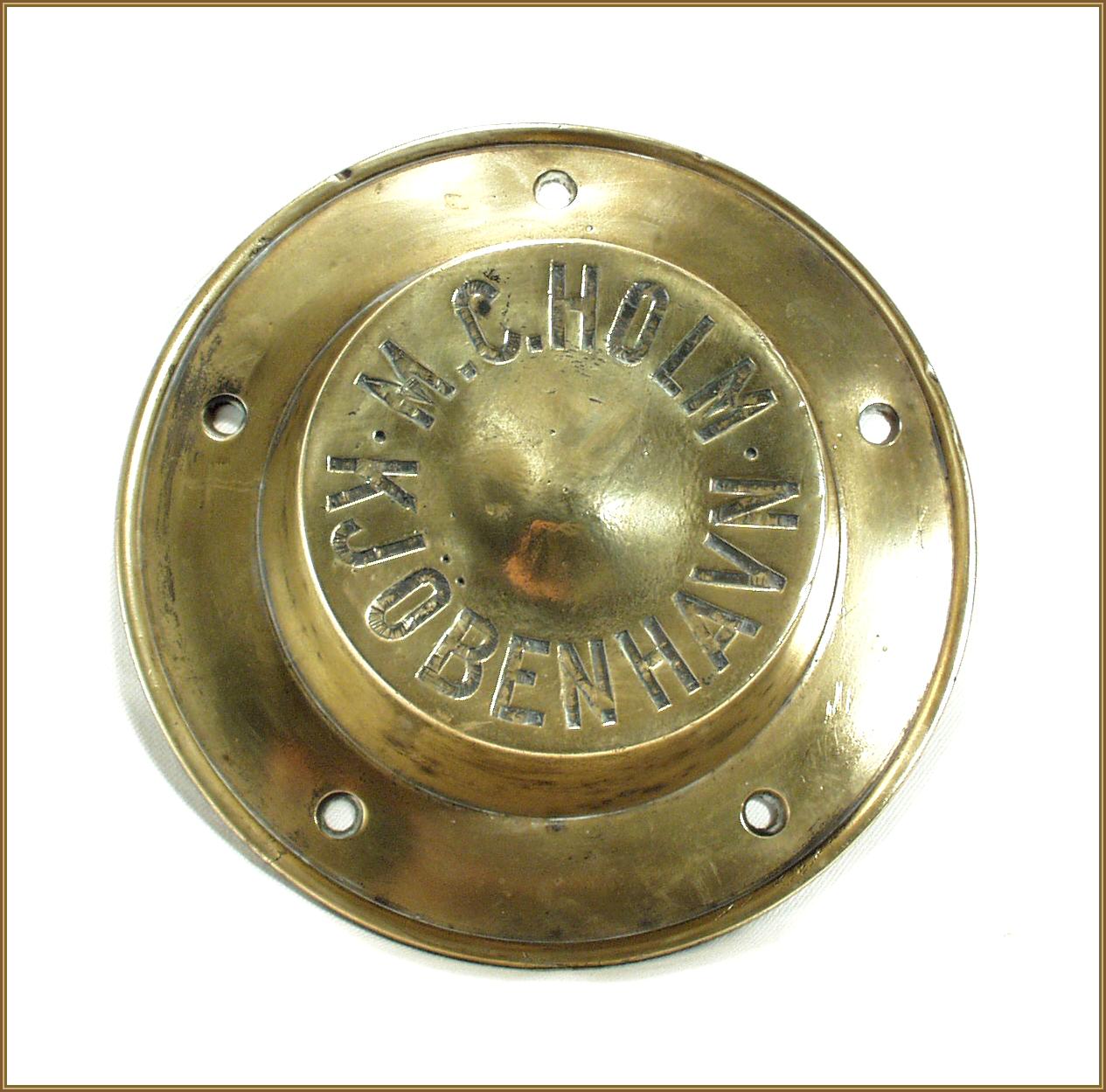The Danish steamer M.C. Holm, 31 December 1914
Danish steamer M.C. Holm was carrying a cargo of raw cotton from Savannah and phosphate from Boca Grande in Florida. Her captain Marius Madsen said that it had been his intention to go west and north of Britain, but 150 miles from entering the English Channel, on Christmas Eve, he was overtaken by an Royal Navy cruiser, which, after examining the ship’s papers, brought the M.C. Holm into the naval station at St Helens on the Isle of Wight on Christmas Day. On Boxing Day the M.C. Holm was given a pilot who would take the ship to Yarmouth. At the Downs he obtained permission to proceed to Copenhagen, the pilot directed him a course that led a few nautical miles off Scarborough. The captain was told that he should be careful when he entered the waters off Scarborough, but the pilot, who disembarked at Yarmouth, said that there was no particular cause for alarm as the waters were now presumably clear of mines.
On the 30 December in the late afternoon MC Holm passed the coast watch statin at Flamborough Head, from where it was signalled that the ship should not pass Scarborough before dawn. Whilst the M.C. Holm was at anchor, the captain saw several steamers passing southbound, both closer to land and further out. At dawn on 31 December the M.C. Holm weighed anchor and recommenced her journey. Captain Madsen and Søndergaard Nielsen, the ship’s second mate were on the bridge.
At 07.55 the order was given to the engine for full power (the captain was closely question about that order and the lack of a lookout on the ship’s master at the subsequent inquiry). Ten minutes later the ship was shaken by a violent jolt, a huge column of water was hurled higher than the ship’s mast. The ship had struck a mine on her starboard side. Fragments of the detonated mine landed on the deck, causing fires to break out in several different locations around the ship. Several crewmen had narrow escapes, in particular G. V. Huusfeldt, the ship’s cook, who struggled to get out of his quarters through the flames. The ship turned on her side and began to sink by the stern; to make matters worse for the captain, the bridge was on fire, as a stove and a lamp had been knocked over explosion.
With water pouring into the aft hold, the order was given to abandon ship. Captain Madsen left the ship when the seas began to break over the aft deck. Several steamers arrived on the scene and within a dozen minutes the entire crew of the M.C. Holm were taken on board the London collier Harpulus. As the crew scrambled aboard the Harpulus, they saw the M.C. Holm disappear beneath the waves stern first. As she went down the hatches were blown off and bales of cotton were seen flying into the air as the ship made her final plunge. The twenty strong crew were landed at Tyne Dock in the afternoon. The Filey lifeboat was called out about 08.30 to investigate the area of the sinking, but returned about noon, having found nothing. Most of the crew subsequently returned to Copenhagen aboard the DFDS steamer Ekspres.
In 2011 Carl Racey of Scarborough Sub Aqua Club wrote about the discovery of the wreck of the M.C. Holm:
The wreck is laid upright with the stern being the highest point and probably the most interesting area. There is a prominent steering quadrant here that is a good place to start a dive. The port side gunwale is generally intact all the way to the bow, which is well decayed and runs out on to the seabed with the most solid thing being the winch. There are more gaps and collapsed sections on the starboard side but she is much more together amidships, where she is still partly decked over. The wreck was first dived in the 1980s and was identified by the wheel boss from the emergency steering aft (the latter is on display in the bar of Scarborough Sub Aqua Club).
To our knowledge the bell has never been turned up but some interesting artefacts have, including a porcelain battery case made in Philadelphia. Quite a lot of porcelain plates of various sizes are still being found, mainly around the stern where the galley must have been. Can be silty in places but is considered a reasonable dive, especially in conditions of good visibility.

